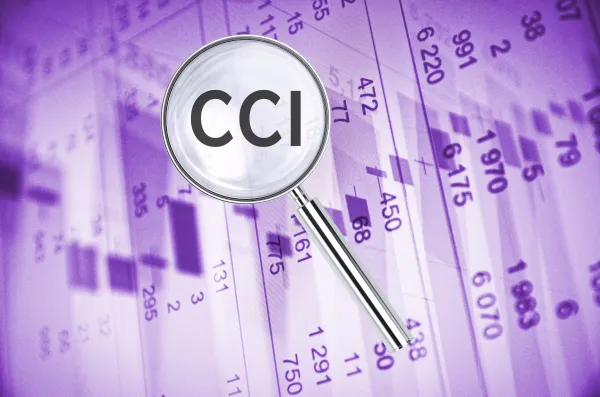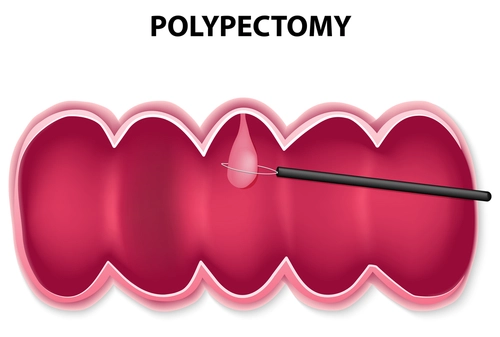Otolaryngology Coding Alert
Proposed Rule:
See Financial Impact of CMS Proposed Rule for Nasal Endoscopies
Published on Wed Oct 16, 2019

You’ve reached your limit of free articles. Already a subscriber? Log in.
Not a subscriber? Subscribe today to continue reading this article. Plus, you’ll get:
- Simple explanations of current healthcare regulations and payer programs
- Real-world reporting scenarios solved by our expert coders
- Industry news, such as MAC and RAC activities, the OIG Work Plan, and CERT reports
- Instant access to every article ever published in Revenue Cycle Insider
- 6 annual AAPC-approved CEUs
- The latest updates for CPT®, ICD-10-CM, HCPCS Level II, NCCI edits, modifiers, compliance, technology, practice management, and more
Related Articles
Other Articles in this issue of
Otolaryngology Coding Alert
- Proposed Rule:
See Financial Impact of CMS Proposed Rule for Nasal Endoscopies
Get the full “scope” of the situation here. On August 14, 2019, the Centers for [...] - Guidelines:
Equip Yourself With Some Essential Audiology TC, PC Guidelines
Begin by defining what constitutes each component of service. Similar to the world of otolaryngology [...] - E/M Coding:
Use 3 Tips to Secure Full Reimbursement for Prolonged E/M Services
Know what to do when your provider goes above and beyond routine duties. Sometimes, you’ll [...] - You Be the Coder:
Understand Full Meaning of Separate Procedure
Question: Our payer is stating that we cannot bill 31231 and 31237 together on the [...] - Reader Question:
Consider Access Regions Beyond Just Nasal Endoscopies
Question: Can I include an impacted cerumen removal code when it’s performed in addition to [...] - Reader Question:
Use Provider's Discretion When Considering Chronic, Acute Conditions
Question: When should I code for an acute form of a condition as opposed to [...]
View All




